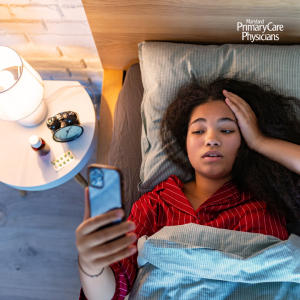Meet the Providers of MPCP’s Specialty Department
At Maryland Primary Care Physicians, we know good health takes a team. That’s why our Specialty Department was created to give our patients access to expert care in endocrinology, genetics, and nutrition & diabetes management, all under the same roof as their trusted primary care providers. Our specialists work closely with your MPCP doctor to…
































